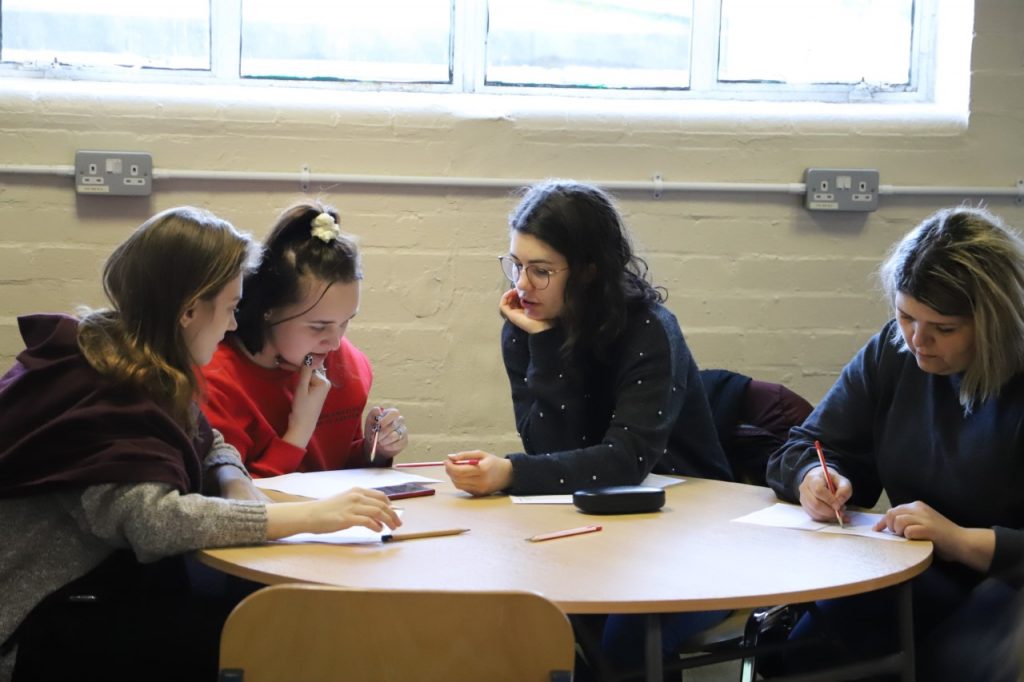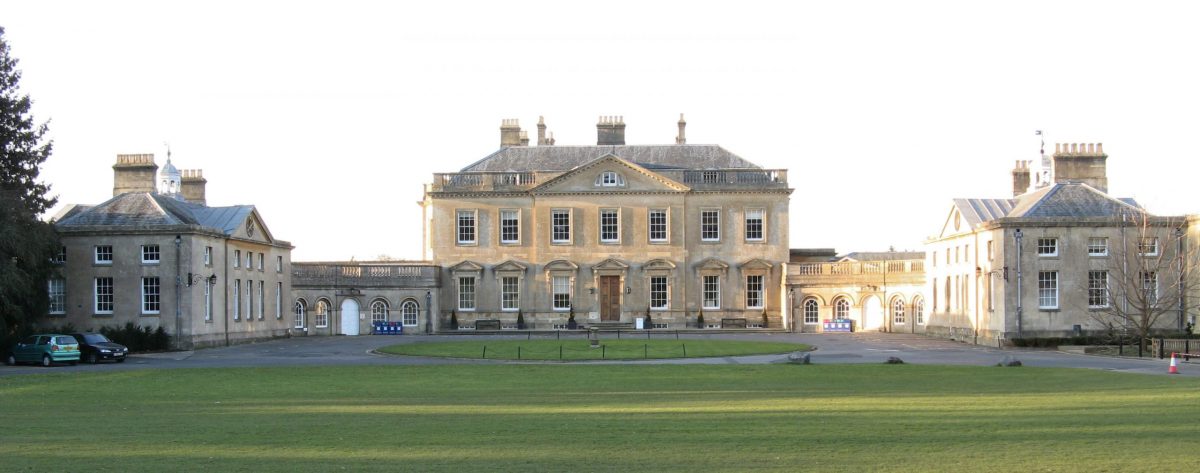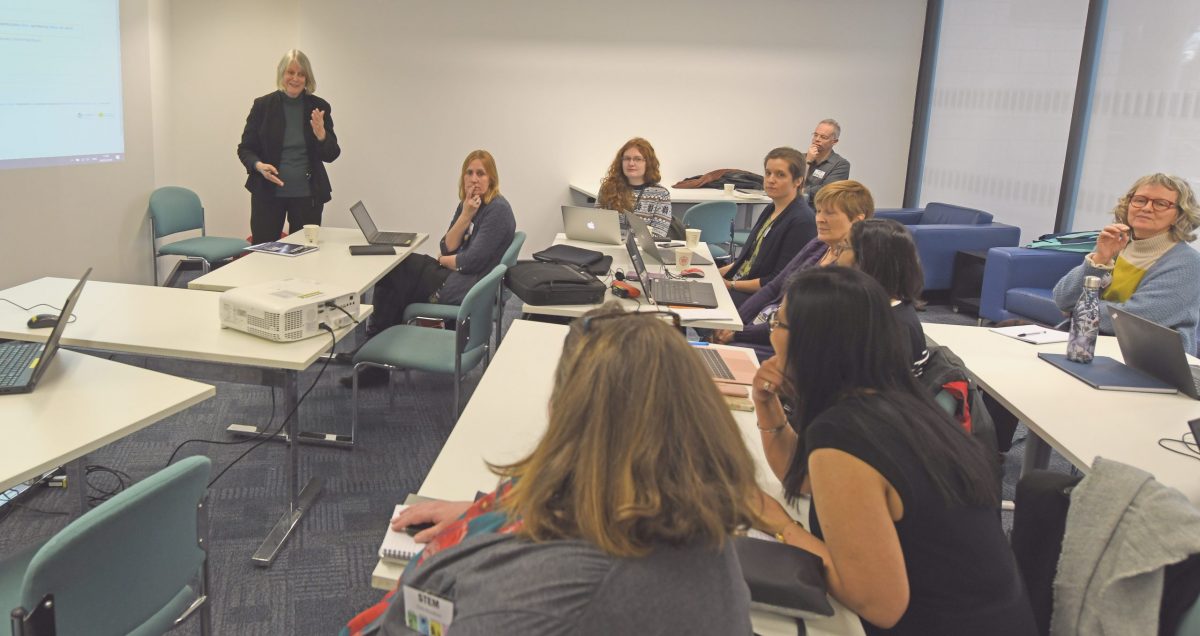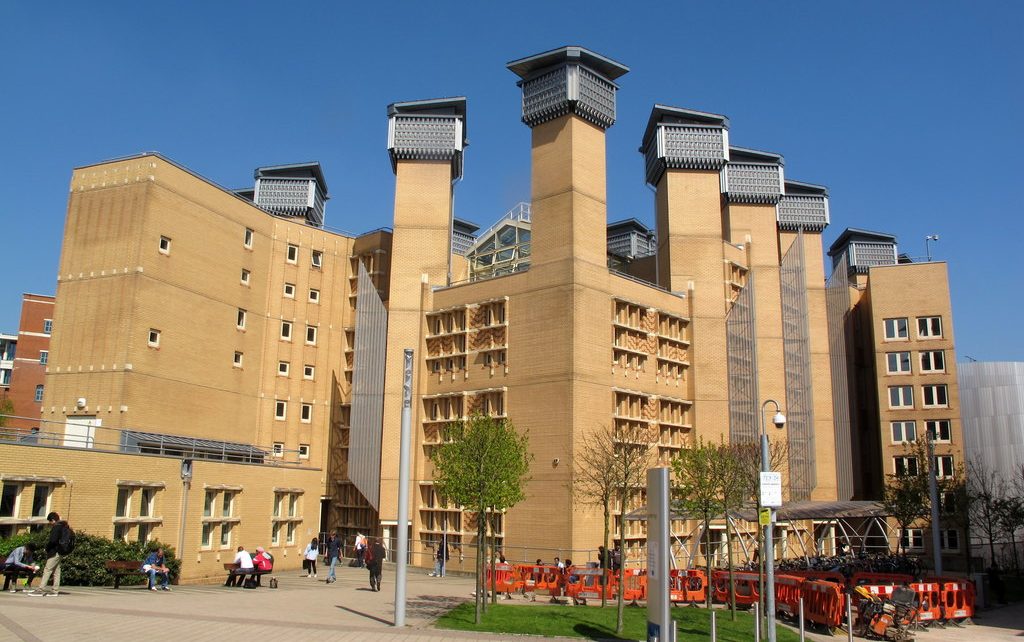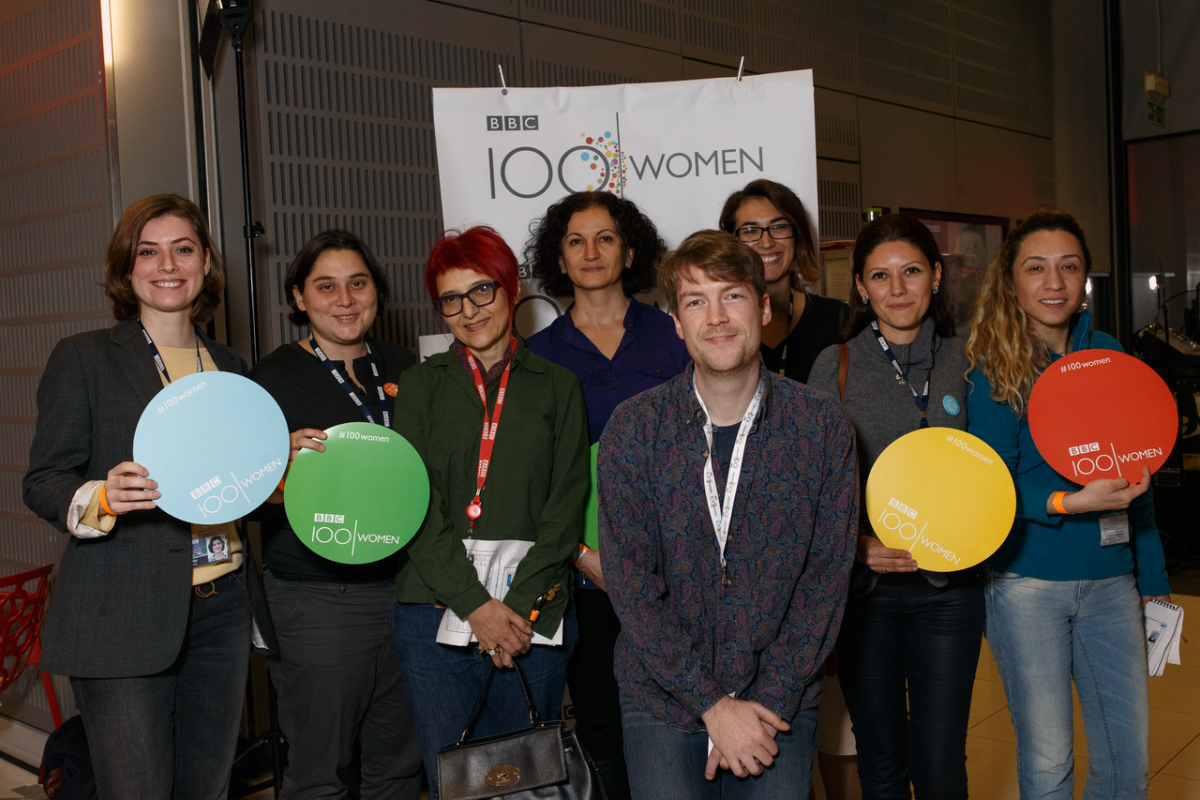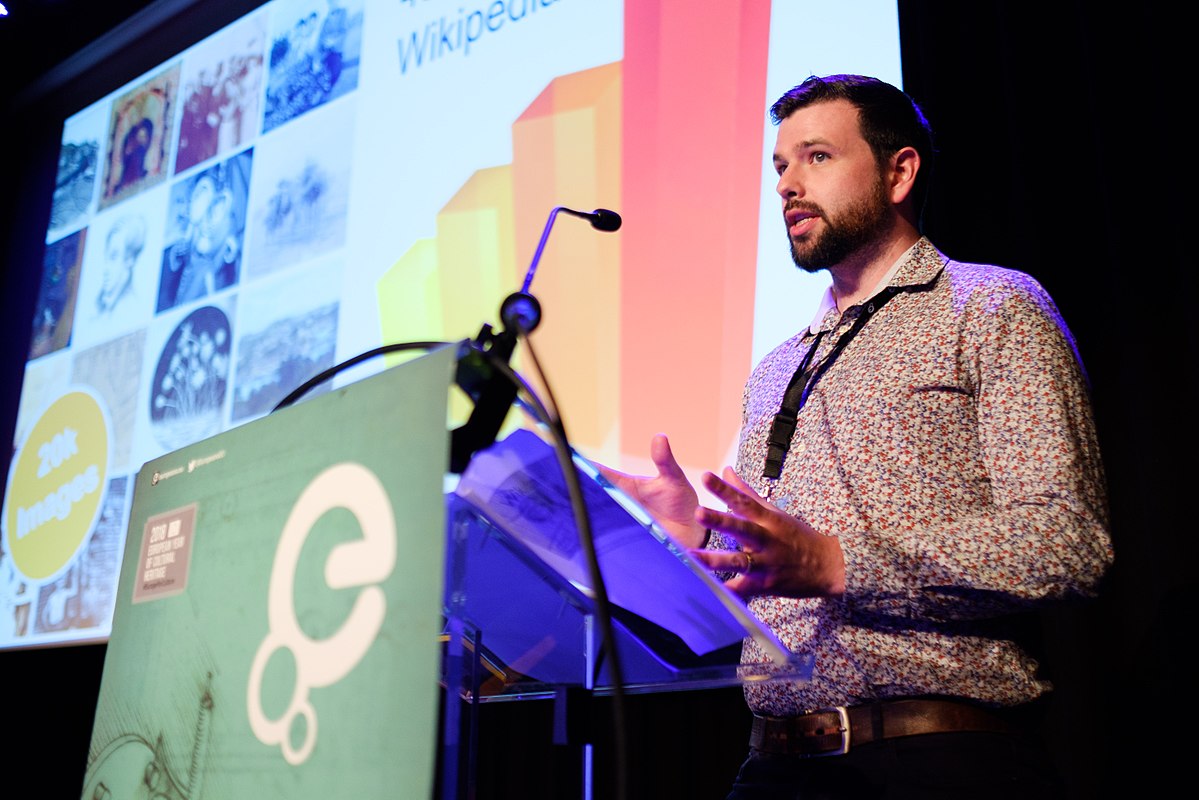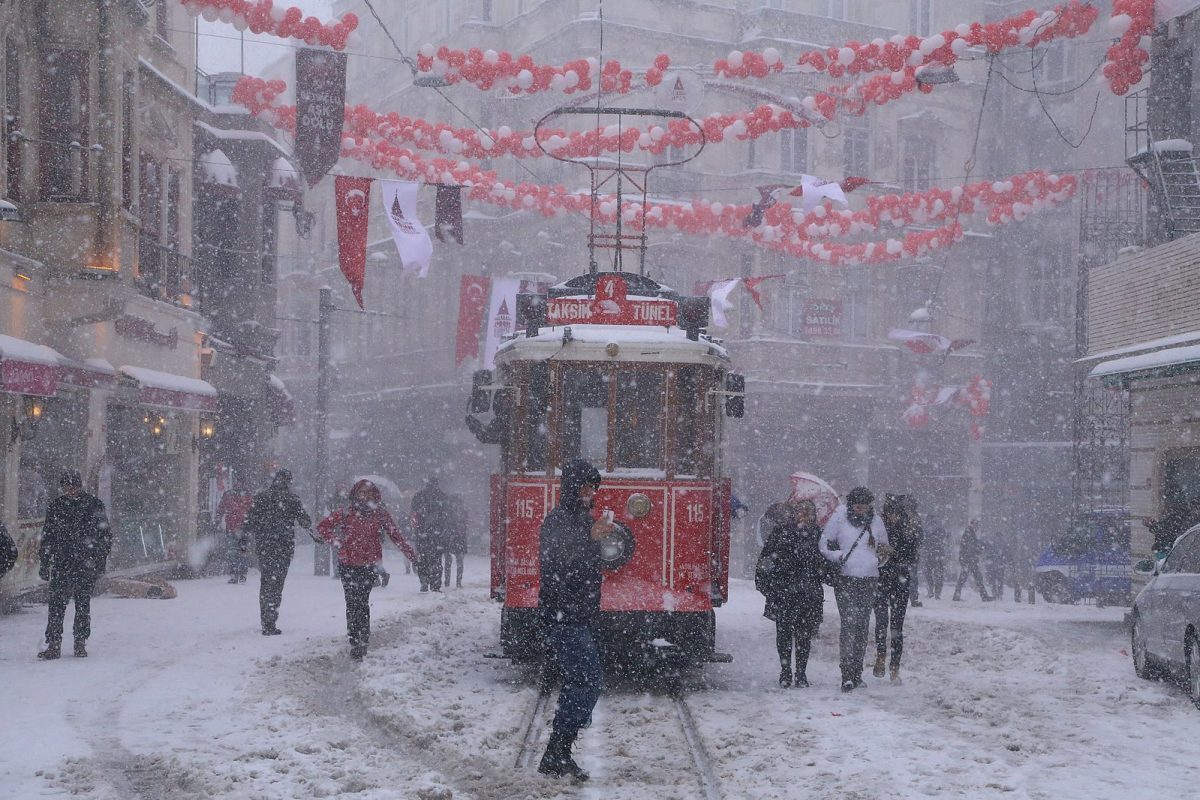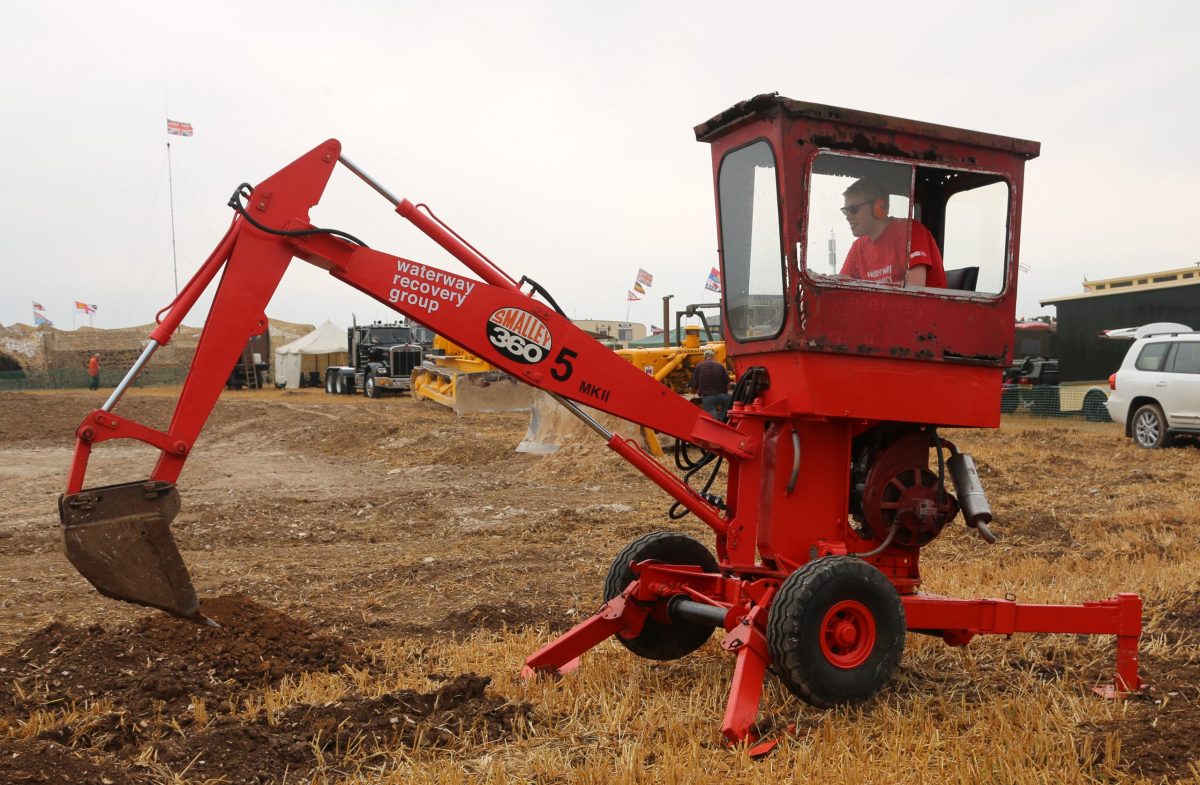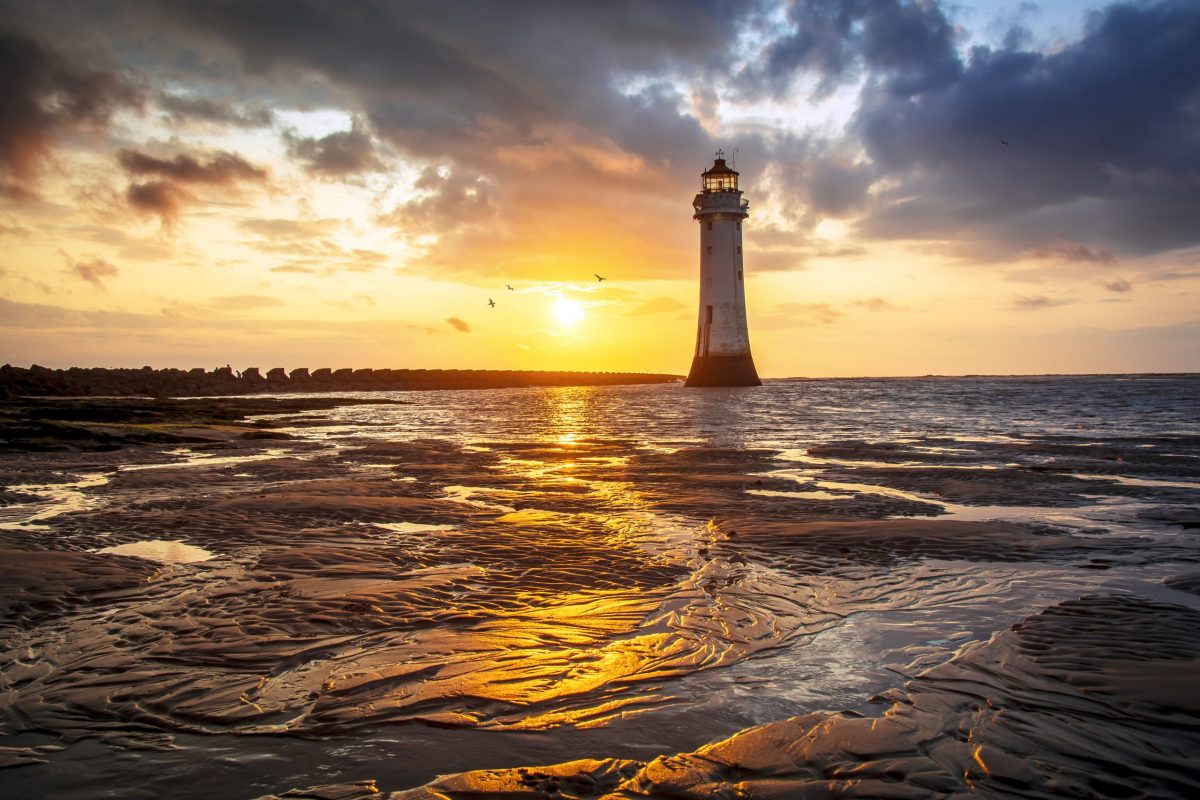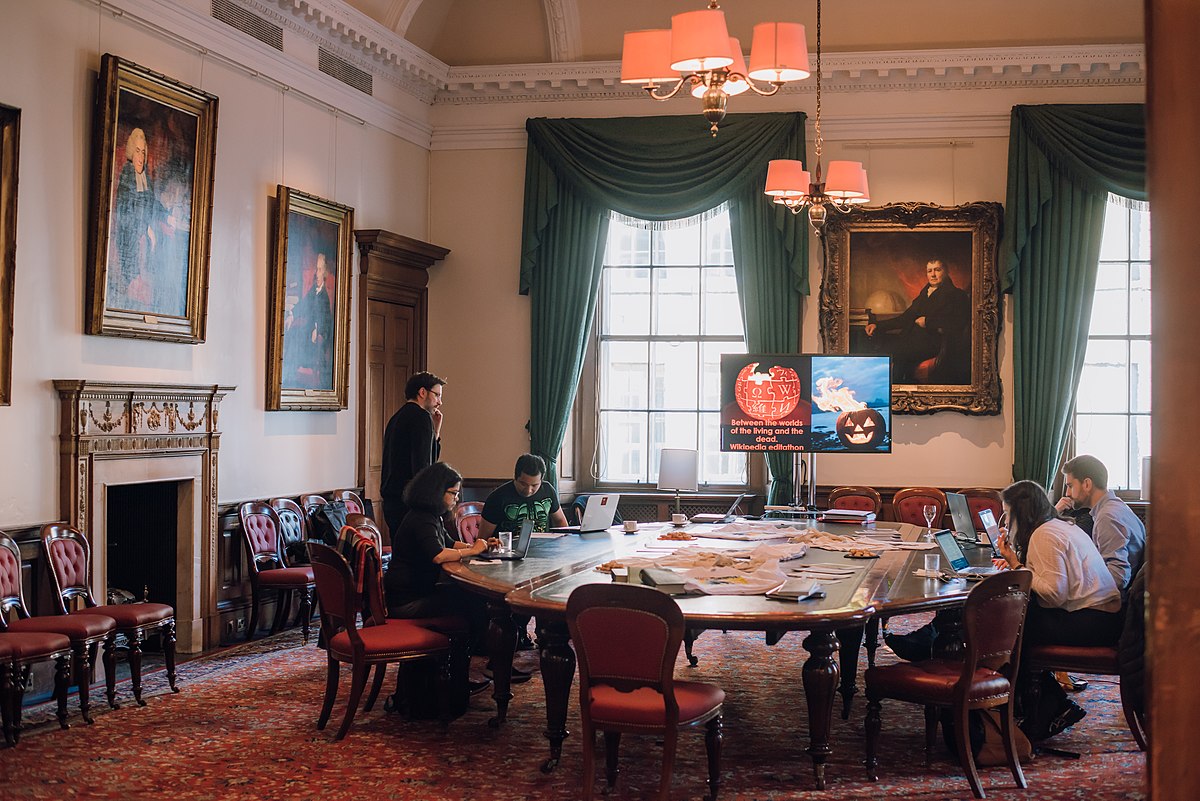This post was written by Ewan McAndrew, Wikimedian in Residence at the University of Edinburgh.
Kindness on the Internet has been much in the news of late and this quote from novelist Henry James stood out to me:
Three things in human life are important: the first is to be kind; the second is to be kind; and the third is to be kind.
I have been working at the University of Edinburgh for over four years now as the Wikimedian in Residence. Four years as of January 2020 in fact, just as Wikipedia itself turned nineteen years old on January 15th 2020. In thinking about this period of my working life, I am reminded of some of the (sometimes) sceptical conversations I have had with (some) academics over the years but more often than not I recall the enthusiasm, generosity and kindness I have encountered. And I’m reminded also of the words of Katherine Maher, Executive Director for the Wikimedia Foundation, when she said that Wikipedia, ultimately, is based on human generosity; that the act of editing Wikipedia is a generous act by volunteer editors all around the world because they are giving of their time, their expertise and their passion for a subject in order to improve the knowledge shared openly with the world through this free and open online encyclopedia. And why? Well because…
Knowledge creates understanding – understanding is sorely lacking in today’s world. – Katherine Maher.
While the residency has been something of an experiment, a proof of concept if you will for hosting a Wikimedian to support the whole university, I am more convinced than ever that there is a clear role, a structural need even, for Wikimedia in teaching and learning.
Yet while I am an employee of the University of Edinburgh, I attended the other place (University of Glasgow) for my undergraduate course and my postgraduate courses were at Glasgow Caledonian University, University of Strathclyde and Northumbria University. So four years at the University of Edinburgh and experience of five universities all told. As 74 UK universities go on strike now and a national conversation is being held about working conditions, casualised contracts and the workloads of staff at universities it does indeed give pause for thought. Time, for thought and reflection on the purpose of education… and its delivery.
Now imagine you are relaxing after work in a sauna at your local swimming pool one evening and a guy called Patrick starts chatting to you and asking what you do for a living. You tell Patrick why, I’m a Wikipedian at the University of Edinburgh. And Patrick replies… “Cool. What’s Wikipedia got to do with universities?”
Have a think for a moment… what is the link between Wikipedia and Universities? What would you say? How would you answer?
Well Patrick, it’s a fair question. Let’s see.
How about shared vision and mission statements. “The creation, curation and dissemination of knowledge” is built into the University of Edinburgh’s mission while Wikimedia’s vision is to “Imagine a world in which every single human being can freely share in the sum of all knowledge. That’s our commitment.”
And as Sue Beckingham said in her Association for Learning Technology (ALT) keynote it’s about engaging with & understanding the relationship we have with the open web, how people create, curate and contest knowledge online and our relationship with the big digital intermediaries like Facebook, Google, Amazon and Wikipedia, the fifth most visited website in the world.
Then there’s the Digital Skills aspect – It is widely recognised that digital capabilities are a key component of graduate employability. So many reports make this clear. Supporting learning digital research skills, synthesising that information and communicating it in a rapidly changing digital world.
And it’s about how we support developing a more robust critical information literacy. In fact, this is just the tip of the iceberg in terms of the areas that working with the free and open Wikimedia projects affords. At its heart its about the fact that search is the way we live now and what’s right or wrong or missing on Wikipedia affects the whole internet. And this is how Wikipedia in teaching in learning is often framed – warning students about its use, pros and cons, often with the focus firmly on the cons, as something to be consumed at your peril. When Wikipedia in teaching and learning should really spin this on its head. It’s what you can also contribute as an institution, staff and students, and get out of the teaching & learning experience as a result.
Indeed, the ALT website defines Learning Technology as this:
We define Learning Technology as the broad range of communication, information and related technologies that can be used to support learning, teaching and assessment. Our community is made up of people who are actively involved in understanding, managing, researching, supporting or enabling learning with the use of Learning Technology. We believe that you don’t need to be called ‘Learning Technologist’ to be one.
Wikipedia is learning technology, the largest open knowledge resource in human history that is free, open and anyone can contribute to. Now aged nineteen, as of last month, Wikipedia has truly come of age and ranks among the world’s top ten sites for scholarly resource lookups and is extensively used by virtually every platform used on a daily basis, receiving over 20 billion views per month, from 1.5 billion unique devices. The only non-profit website in the top 100 websites, quite simply “Wikipedia is today the gateway through which millions of people now seek access to knowledge.”– (Cronon, 2012)
Ergo… Wikimedians are learning technologists. And a Wikimedian is just someone who has learnt how to train people how to edit, who facilitates editing events and assignments.
Ergo… Learning technologists are Wikimedians or they should be.
Because at the University of Edinburgh, we have quickly generated real examples of technology-enhanced learning activities appropriate to the curriculum and transformed our students, staff and members of the public from being passive readers and consumers to being active, engaged contributors. The result is that our community is more engaged with knowledge creation online and readers all over the world benefit from our teaching, research and collections.
Our Wikimedia in the Curriculum activities bring benefits to the students who learn new skills and have immediate impact in addressing both the diversity of editors and diversity of content shared online:
- Global Health MSc students add 180-200 words to Global Health related articles e.g. their edits to the page on obesity are viewed 3,000 times per day on average.
- Digital Sociology MSc students engage in workshops with how sociology is communicated and how knowledge is created and curated online each year.
- Reproductive Biology Honours – students work in groups in 2 workshops at the beginning of the semester – learning about digital research kills from our Academic Support Librarians so they can work collaboratively to research and publish a new article on a reproductive biomedical term not yet on Wikipedia. One student’s article on high-grade serous carcinoma, one of the most common forms of ovarian cancer, includes 60 references and diagrams she created, has been viewed over 88,000 times since 2016. That’s impact.
- Translation Studies MSc students gain meaningful published practice each semester by translating 1,500 words to share knowledge between two different language Wikipedias on a topic of their own choosing from the highest quality articles.
- World Christianity MSc students spend the semester undertaking a literature review assignment to make the subject much less about White Northern hemisphere perspectives; creating new articles on Asian Feminist Theology, Sub-Saharan Political Theology and more.
- Data Science for Design MSc – Wikipedia’s sister project, Wikidata, affords students the opportunity to work practically with research datasets, like the Survey of Scottish Witchcraft Database, and surface data to the Linked Open Data Cloud and explore different visualisations and the direct and indirect relationships at play in this semantic web of knowledge to help further discovery.
- This academic year we have also added three more course programmes in Korean Studies MSc, Digital Education MSc (group editing pages related to information literacy), and Global Health Challenges Postgraduate Online (group editing on short stub articles on natural disasters). Indeed we are looking increasingly at how we support online course programmes and supporting discussion, engagement and up-skilling students on these course programmes in more structured self-directed way.
We also work with student societies (Law & Technology, History, Translation, Women in STEM, Wellcomm Kings) and have held events for Ada Lovelace Day, LGBT History Month, Black History Month, Mental Health Awareness Week and celebrated Edinburgh’s Global Alumni; working with the UncoverEd project and the Commonwealth Scholarship Commission.
Students are addressing serious knowledge gaps and are intrinsically motivated to communicate their scholarship because of this. They benefit from the practice academically and enjoy doing it personally because their scholarship is published, lasting long beyond the assignment and does something for the common good for an audience of not one but millions.
Why engage at all? I think we know that representation matters. And that Gender inequality in science and technology is all too real. Gaps in our shared knowledge excludes the vitally important contributions of many within our community and role models, trail blazers are important. You can’t be what you can’t see. To date, 69% of our participating editors at the University of Edinburgh have been women. The choices being made in creating new pages and increasing the visibility of topics and the visibility of inspirational role models online can not only shape public understanding around the world for the better but can also help inform and shape our physical environments to inspire the next generation.
Wikipedia in the curriculum involves identifying reliable secondary sources we can cite (or sometimes the lack thereof); discussing whose knowledge, open access, bias, neutral point of view, writing for a lay audience and copyright. These are all absolutely appropriate for the modern graduate. The skills needed by those contributing to Wikimedia are the same digital literacy skills which a degree at University of Edinburgh is designed to develop: Those of critical reading, summarising, paraphrasing, original writing, referencing, citing, publishing, data handling, and understanding your audience. In this era of fake news it has never been more important that our students understand how information is published, shared, and contested online. And beyond this, feel empowered that they can do something positive to share fact-checked knowledge and help build understanding.
Because It’s an emotional connection… Within, I’d say, less than 2 hours of me putting her page in place it was the top hit that came back in Google when I Googled it and I just thought that’s it, that’s impact right there!” (Hood & Littlejohn, 2018)
Things can look bleak when we think about all we see in the news and our relationship with the open web and the way in which information is shared online. It’s easy to lose faith at times. Indeed almost two years ago, Sir Tim Berners-Lee was on Channel 4 News being interviewed about the Facebook and Cambridge Analytica scandal and he said this.
We need to rethink our attitude to the internet.
It is not enough just to keep the web open and free because we must also keep a track of what people are building on it.
Look at the systems that people are using, like the social networks and look at whether they are actually helping humanity.
Are they being constructive or are they being destructive?
And he’s later reiterated this point that he feels the open web is at something of a crossroads and could go either way.
Happily, Sir Tim had cheered up a little by May 2018 when he gave his Turing Award lecture in Amsterdam when he said,
It is amazing that humanity has managed to produce Wikipedia. Somebody recently said, “You know what? For all of the defending of the open net and the open web, it would have been worth it if we just got Wikipedia.”
It IS amazing that humanity has produced Wikipedia. And he’s right. That’s my experience of working with Wikipedia. The research, the feedback from staff and students all bear this out. People do feel they are doing something inherently good, and worthwhile in sharing verifiable open knowledge and they learn so much from engaging in this process. Becoming knowledge activists. I commend it to you as a hugely impactful form of learning technology where our staff, students, research and collections can help shape the open web for the better, building understanding to make for a kinder, better world.
Bibliography
- Wadewitz, A. (2014). 04. Teaching with Wikipedia: the Why, What, and How. Retrieved from https://www.hastac.org/blogs/wadewitz/2014/02/21/04-teaching-wikipedia-why-what-and-how
- Cronon, W. (2012). Scholarly Authority in a Wikified World | Perspectives on History | AHA. Retrieved from https://www.historians.org/publications-and-directories/perspectives-on-history/february-2012/scholarly-authority-in-a-wikified-world
- Levine, N. (2019). A Ridiculous Gender Bias On Wikipedia Is Finally Being Corrected. Retrieved from https://www.refinery29.com/en-gb/2019/06/234873/womens-world-cup-football-Wikipedia
- Mathewson, J., & McGrady, R. (2018). Experts Improve Public Understanding of Sociology Through Wikipedia. Retrieved from https://www.asanet.org/news-events/footnotes/apr-may-2018/features/experts-improve-public-understanding-sociology-through-Wikipedia
- Hood, N., & Littlejohn, A. (2018). Becoming an online editor: perceived roles and responsibilities of Wikipedia editors. Retrieved from http://www.informationr.net/ir/23-1/paper784.html
- McAndrew, E., O’Connor, S., Thomas, S., & White, A. (2019). Women scientists being whitewashed from Wikipedia. Retrieved from https://www.scotsman.com/news/opinion/women-scientists-being-whitewashed-from-wikipedia-ewan-mcandrew-siobhan-o-connor-dr-sara-thomas-and-dr-alice-white-1-4887048
- McMahon, C.; Johnson, I.; and Hecht, B. (2017). The Substantial Interdependence of Wikipedia and Google: A Case Study on the Relationship Between Peer Production Communities and Information Technologies.






